An overactive thyroid gland, which is most typically seen in middle-aged and older cats, speeds up the body’s metabolism to an unhealthy level. The thyroid gland is located in the neck area and has two lobes which are on either side of the trachea (windpipe). This gland is responsible for producing thyroid hormones that regulate the body’s metabolic rate and is controlled by the pituitary gland which is located at the brain base. If it is overactive, metabolism speeds up and hyperthyroidism can occur.
Clinical signs of feline hyperthyroidism that you may see at home can be subtle early in the disease but become more serious as the disease progresses. These signs include an increase in thirst and urination, weight loss despite a good or increased appetite, vomiting, diarrhea, or a hair coat that looks greasy, matted or unkempt. If left untreated, hyperthyroidism can lead to problems with the kidneys, heart and other organs but – fortunately – a prompt diagnosis usually means the disease can be controlled.
If your feline best friend is experiencing one or more of the symptoms above, our veterinarian will perform a nose-to-tail physical exam and may find an increased heart rate, increased blood pressure, and/or an enlarged thyroid gland. A blood sample will be drawn for an analysis of organ chemistries and thyroid hormone levels. Cats with elevated T4 thyroid hormone levels are diagnosed with hyperthyroidism and treated accordingly.
Once hyperthyroidism is diagnosed, there are typically four treatment options – medication, dietary therapy, surgery to remove the thyroid gland or radioactive iodine treatment:
- Medication –methimazole is a relatively inexpensive medication used to reduce the levels of thyroid hormones in the bloodstream and is either given orally twice each day or applied to the skin in a transdermal gel twice daily.
- Dietary therapy – recent studies suggest that limiting the amount of dietary iodine is an effective treatment for hyperthyroidism and these diets are available only with a veterinary prescription. Effective dietary therapy can only be ensured if access to any other food sources is prohibited.
- Surgery – surgical removal of the thyroid gland usually produces a permanent or long-term cure in most cats and can eliminate the need for medication administration. However, this surgery does require general anesthesia that may be a risk factor for older cats with kidney or heart issues.
- Radioactive iodine treatment – the gold standard for curing hyperthyroidism but not readily available everywhere. The use of a radioactive substance requires hospitalization during and after treatment, usually resulting in a quarantine of three to five days when no visitors are allowed.
Cats that are diagnosed early and treated with one of the options above typically have a positive prognosis and a good quality life for many more years. Regularly-scheduled blood draws and analyses are recommended for cats treated with medication and/or dietary therapy to make sure thyroid blood levels remain within a normal range.
Please call us today at 630-598-0600 if your cat is experiencing any of the clinical signs of hyperthyroidism noted above.
